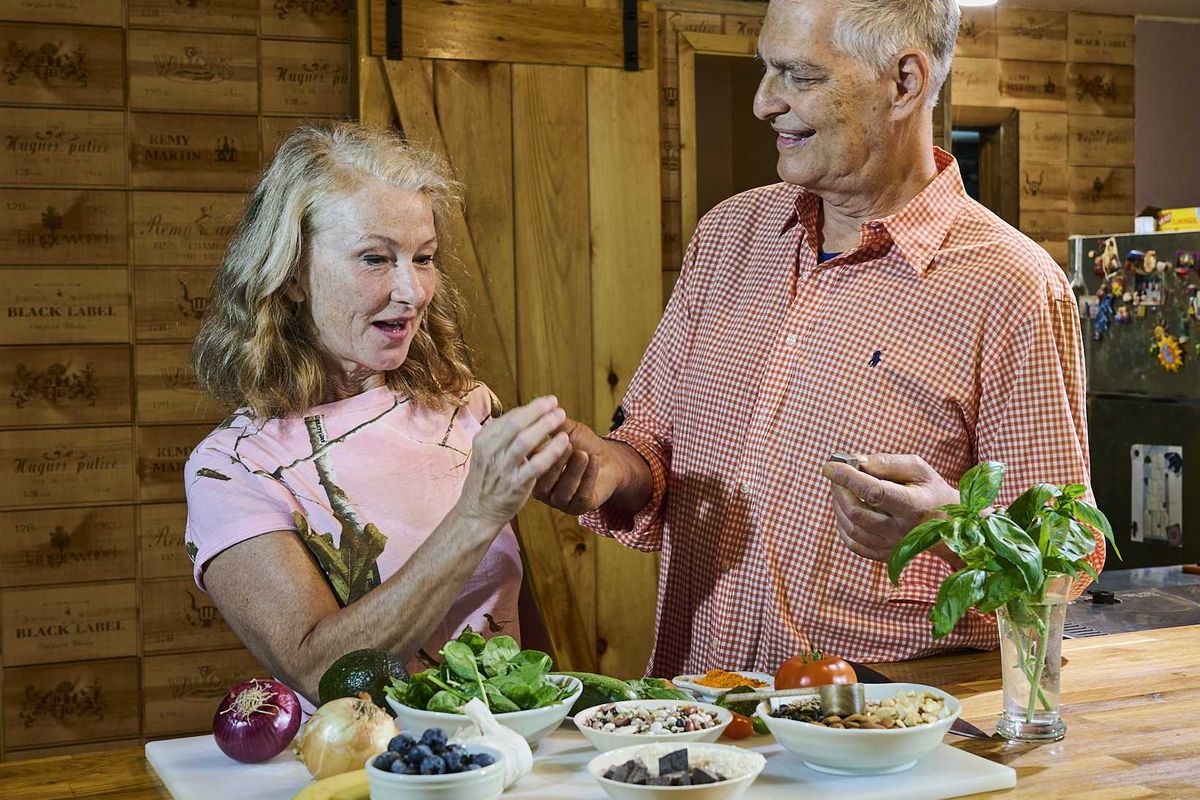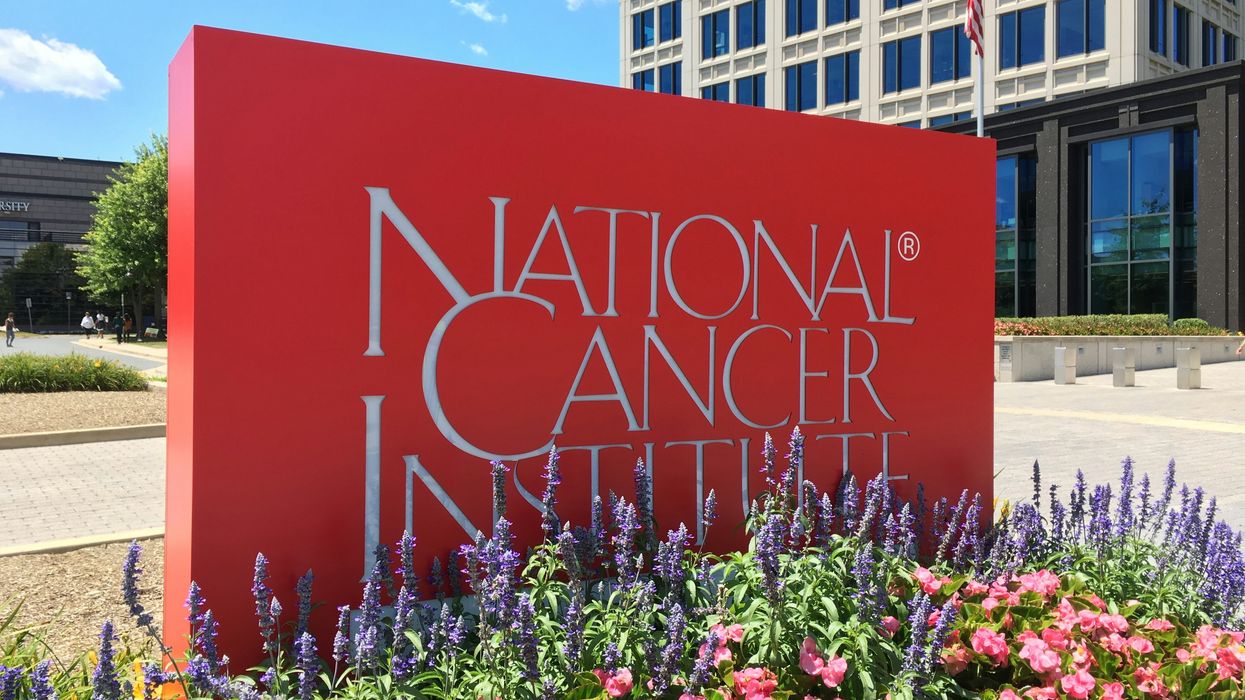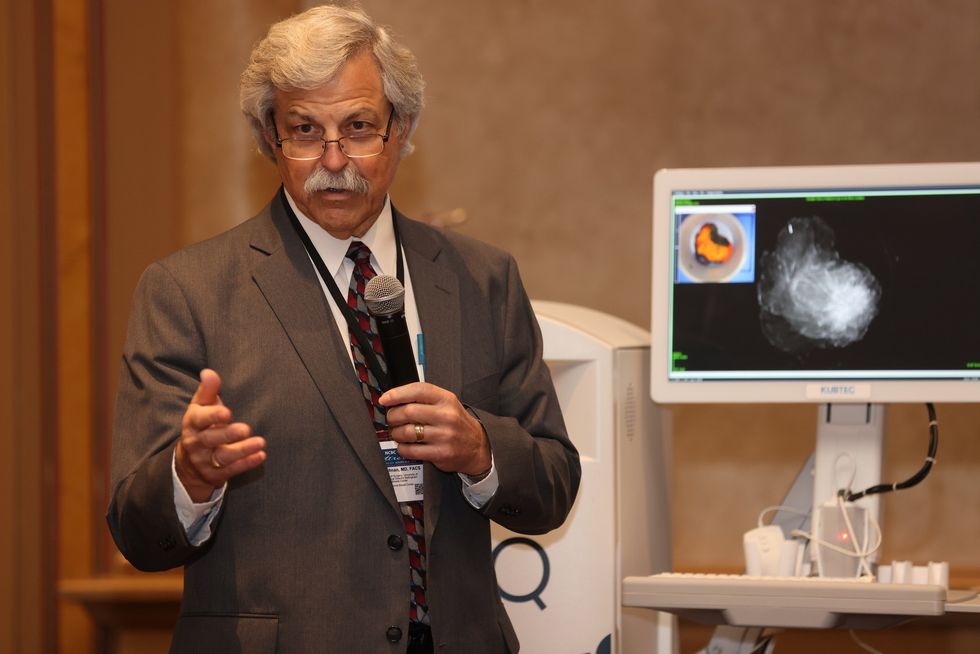Scope of the problem
Heart disease is largely preventable, yet, it remains the number 1 cause of death in women in the United States, claiming the lives of 1 in 3 women, more than breast cancer (1 in 25 to 30 women die of breast cancer) and more than all cancers combined. Unfortunately, these statistics haven’t changed much over time. Despite all the sophisticated advances in cardiovascular care, women under 65 years old are twice as likely as their male counterparts to die following a heart attack.
This highlights the urgent need to focus on prevention of heart disease, rather than relying on medicines and procedures once the problem has occurred. But there is one problem: Women don’t see heart disease as their problem - heart disease has been mistakenly thought of as a “man’s disease” and because the average age for a heart attack in women is 72 years old, many women- especially younger women, do not consider it an immediate threat to their health. However, here’s is what is important to know: heart disease takes years, often decades to develop, but it is preventable, we just have to pay attention much sooner.
Lack of Awareness
Lack of awareness of risk is one of the biggest barriers in the fight against heart disease. Many adult women have more than 1 risk factor for heart disease- yet many don’t even know it. According to data from the American Heart Association, 2/3 of women were able to identify heart disease as the number cause of death in 2009. By 2019, even fewer women recognized this fact, especially minority women. While 2/3 of white women knew that heart disease as the number killer, only 1/3 of Black and Hispanic women recognized this fact.
Additionally, some women know about the traditional risk factors for heart disease such as aging, hypertension, smoking, increased blood cholesterol, physical inactivity, poor diet, sedentary lifestyle and family history. However, few know about the non-traditional risks, some of which are unique to women and include pregnancy related complications such as hypertension and diabetes related to pregnancy, early onset of menopause (prior to age 40), certain rheumatologic diseases such Rheumatoid Arthritis or Lupus, all of which can increase a woman’s risk of having heart disease.
Ultimately, having risk factors do not have to translate to heart disease, and while knowing the risks and formulating an early partnership with your physician is the key, the most important steps are the ones you can take on your own, outside of a doctor’s office. Here are the 6 pillars of Lifestyle Medicine, recommended by the American College of Lifestyle Medicine, which not only can prevent, but for many can also reverse heart disease.
Using food as Medicine: Eating healthy can sometimes feel hard. Our day is rushed and it always feels like we never have enough time to juggle all the responsibilities of work and family, and so it becomes easier to grab fast foods, or pre-packaged foods which are often high in sugar, salt and saturated fat- the kind of things that increase the risk of heart disease.
On the other hand, eating a whole food plant based diet - rich in fruits, vegetable, whole grains and legumes has been shown in numerous studies to be cardio-protective.
Exercise consistently: 2/3 of Americans are not active enough, and with studies reporting that a sedentary lifestyle increases the risk of dying by 7-15%, there is no time to sit around. Any amount of exercise is better than none. And the best exercise? One you can do safely and consistently. The recommended level of physical activity for adults is 150-300 minutes of moderate to vigorous exercise weekly. It is also recommended to check in with your physician to make sure it is safe to increase your level of physical activity.
Prioritize Sleep: Sleep is one of the most underestimated components of our health, and it is often ignored at a steep price - poor sleep increases the risk of dying by 1.5 times and women are at higher risk of insomnia. During sleep is when we build mental and physical resilience including bolstering our immune system. On the other hand, poor sleep is tied to increased risk for mental health disorders, along with imbalances in hormones that lead to abnormalities in blood sugar and weight control. 7-9 hours of sleep is considered optimal.
Manage Stress: Stress is sometimes unavoidable, but how we respond to it is entirely up to us. Many people respond to stress with alcohol, overeating, and smoking, inadvertently compounding the already strong association between stress and heart disease which results in increased blood pressure, inflammation, and heightened heart attack risk. Meditation, practicing gratitude, and exercise are powerful ways to build the resilience needed to combat stress.
Stay connected: Social connections are powerful. We tend to think of ourselves as individuals, but in many ways, we are codependent. Happiness is contagious, up to 3 degrees of separation, and happier hearts, live longer. Find time to build and nurture relationships with family and friends.
Avoid risky substances: It is well known that tobacco is harmful to our health- and fortunately, quitting tobacco is associated with rapid decrease in the risk of a heart attack, by as much as 50% in the first year after quitting. The risks of alcohol, however, are less appreciated. Newer studies show that alcohol significantly raises the risk of heart disease, especially in women- even in those who do not binge drink. The data on alcohol, particularly wine, has been conflicting, but overall, there seems to be greater risk than benefit. It is recommended that women stick to less than 1 drink daily.
Ultimately, there are no short cuts. My healthiest patients, the ones who live well into their 90’s with vigor and stamina, avoiding heart disease, have been the ones consistently stuck to these good habits for a long time. Good health does come at a cost that is worth paying, and that cost is being intentional about our lifestyle; these small changes today have will have a big impact on our hearts, well into the future.
References
https://www.heart.org/en/news/2024/02/09/the-slowly-evolving-truth-about-heart-disease-and-women
2024 Heart Disease and Stroke Statistics: A report of US and Global Data from the American Heart Association Circulation 2024;149:8.
Cho L, Davis M, Elgendy I et al. Summary of updated recommendations for primary prevention of cardiovascular disease in women. JACC 2020; Vol 75:20.
Parikh. P, McDaniel M, Ashen MD, et al. Diets an Cardiovascular Disease: An evidence based assessment. JACC 2005; 45: 1379-1387.
Rico-Campa A, Martinez-Gonzalez MA, Alvarez-Alvarez I, et al. Association between consumption of ultra processed foods and all cause mortality: SUN prospective cohort study. BMJ 2019; 356:I1949.
US Department of health and human services. Physical activity guidelines for Americans, second edition. Published 2018.
Clayton JS, Bonnet J. Foundations of Lifestyle Medicine. 4th edition 2023.









 Karla Mingo believes that her greatest gift as a cancer survivor is the ability to live with gratitude and thankfulness.
Karla Mingo believes that her greatest gift as a cancer survivor is the ability to live with gratitude and thankfulness.





 Dr. Cary S. Kaufman teaches the "Essentials of Oncoplastic Surgery" course through the National Consortium of Breast Centers, providing breast surgeons around the world with advanced techniques for optimal breast surgery outcomes.
Dr. Cary S. Kaufman teaches the "Essentials of Oncoplastic Surgery" course through the National Consortium of Breast Centers, providing breast surgeons around the world with advanced techniques for optimal breast surgery outcomes.